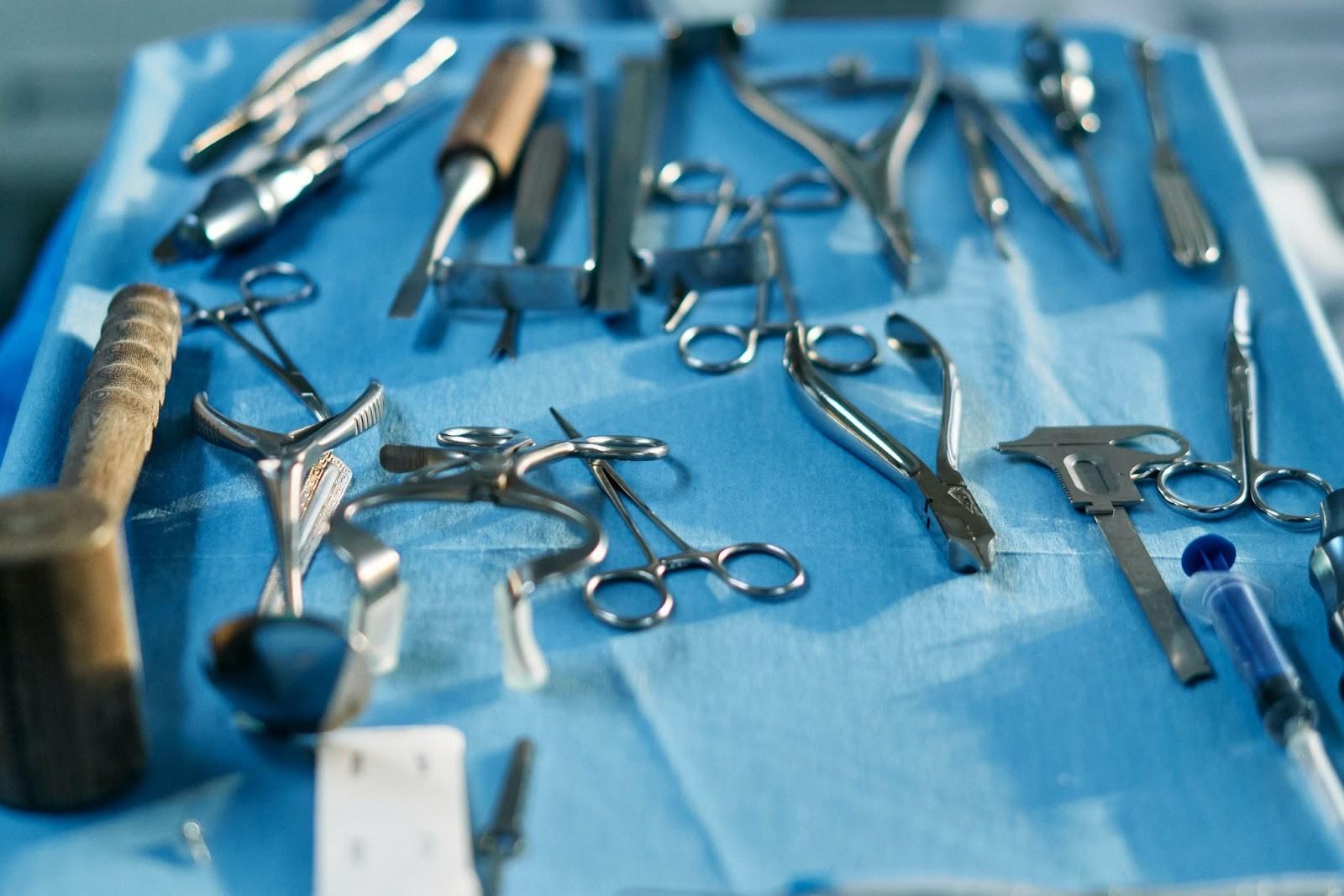Surgical instruments are specialized equipment that helps medical personnel complete certain tasks during an operation. Since the early 19th century, stainless steel has been used to create most instruments. Others are made for specialized processes, while others are for general use.
For practically any area of medical speciality, a variety of surgical equipment is available. Precision tools are utilized in ophthalmology, otology, and microsurgery. When you decide to get surgical instruments in Australia, read further for a brief guide about surgical instruments.
The majority of surgical instruments fall into one of these four categories:
Cutting and dissecting – These devices typically have sharp edges or points to cut through skin, tissue, and suture material. These tools have one or two blades that are razor sharp. To prevent injury, nurses and OR staff must frequently check these tools before use to see if they need to be sharpened or replaced. To examine abnormal growths and remove hazardous or damaged tissue, surgeons must cut and dissect the patient’s tissue.
Clamping and occluding:
They are employed in various surgical procedures to squeeze hollow organs or blood vessels to stop their contents’ leakage. To occlude is to shut or close. As a result, these tools are also employed to stop bleeding. They feature a range of inner jaw designs and can be straight, curved, or inclined. Some examples of these tools are hemostats and mosquito forceps.
Retracting and Exposing:
Organs and tissue are held back or retracted using these surgical instruments so the surgeon may access the operating area. They split the edges of a surgical incision and spread open the skin, ribs, and other tissue. Some retract and expose tools that can “self-retain” or maintain their open position. Different manual designs require a handhold to open.
Grasping and Holding:
These tools are used to grab and hold tissue or blood vessels that can be in the way during surgery, as their name suggests. Particularly after cleaning and reprocessing, medical assistants must ensure that these tools operate properly and that their locking mechanisms are lubricated for simple opening and shutting. One excellent example of this kind of instrument is the forceps.
Different Surgical Tool Types for Cutting:
Some of the most frequently used surgical tools for cutting include:
Knives, Scalpels, and Blades:
Scalpels are categorized according to their size and shape, and each type is suitable for a certain application. For tiny incisions in skin and tissue, surgeons typically use a number 10 blade. A number 15 blade, on the other hand, is excellent for making quick, precise incisions, like removing a skin lesion or opening a coronary artery, due to its slight bend.
Surgical Scissors:
A wide range of sizes are available for surgical scissors. Heavy-duty surgical scissors, which can cut through tough tissue, muscle, and even bone, are at the top of the range. The combination of sharp and serrated blades in mid-size surgical scissors produces precise cuts with little tissue injury. Curved surgical scissors allow you to make precise cuts without damaging any underlying tissue.
Vannas scissors and Castroviejo scissors are two smaller pairs of scissors that work well for delicate tasks like ophthalmic and neurosurgical operations. Finally, tiny sapphire blades are ideal for microsurgery because they can make precise incisions while exerting the least strain.
Various Grasping Surgical Instruments:
Surgical forceps are available in various designs and sizes, just like scissors and scalpels, and each one is appropriate for multiple tasks. The points of forceps can be either straight or bent. Curved tips offer more visibility, while straightforward tips offer greater grip and precision.
Thumb Forceps:
To open some forceps, squeeze them. These thumb forceps are useful for suturing, removing dressings, and treating wounds.
Reverse Forceps:
You compress other forceps to close them. The reverse-forceps’ design, which delivers uniform tension for increased precision, is particularly useful when wearing gloves.
Locking Forceps or Hemostats:
Some forceps have a scissors-like shape. They are known as hemostats or locking forceps, and surgeons use them to compress blood arteries to impede the blood flow when operating on organs and securely grasp tissues during delicate surgeries.
Different Surgical Tool Types for Retracting:
Retractors are devices used during surgery to retain an open wound or incision or to hold an organ or tissue out of the way so that work can be done underneath.
Hand Retractors:
During a process, hand retractors need to be held in place by someone or something. Typically, surgical assistants perform this task.
Self-Retaining Retractors:
Self-retaining retractors, as their name suggests, don’t need to be held throughout procedures. To secure tissue, they can employ screws, ratchets, or clamps. As an alternative, wire retractors connect things using a spring system.
Selecting The Best Surgical Tool For Your Application:
Some surgical equipment is adaptable. They have a variety of applications. However, some surgical applications would call for more specialized instruments, such as those that are smaller, sharper, or more exact. You should receive assistance from your surgical tool supplier in making the best decision for your unique application.



